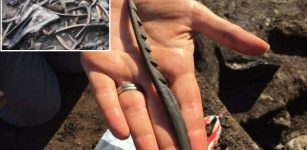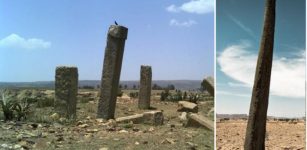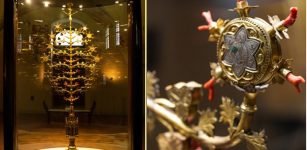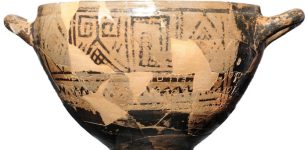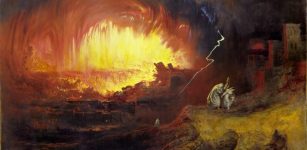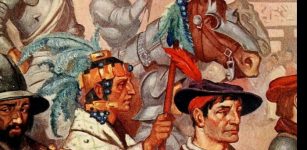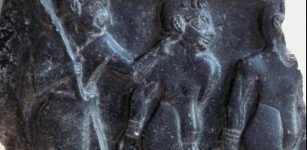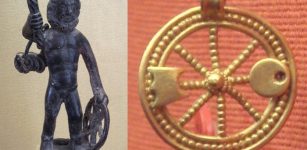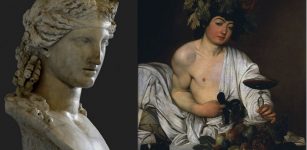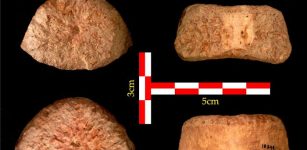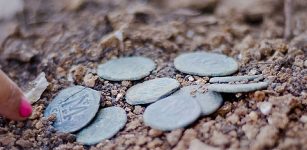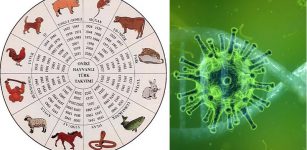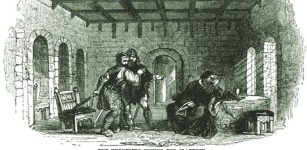Hidden Byzantine Hoard Offers Evidence Of A Dramatic Historial Event In The Levant
Conny Waters - AncientPages.com - Archaeologists excavating at the site of Paneas (later known as Banias) within the Hermon Stream Nature Reserve have come across a hidden hoard that offers evidence of a dramatic historical event in the history of the country – the Muslim conquest of the Byzantine Empire in the Levant.
A hidden coin hoard was found by archaeologists excavating at Banias. Credit: Israel Antiquities Authority.
Scientists found 44 magnificent Byzantine coins made of gold that are very valuable and highly significant.
In the Hellenistic period, Banias served as a cultic site dedicated to the god Pan (from whence the original Greek name of the site). The settlement reached its peak in the Early Roman period, when Herod the Great, and his son Philip II, entirely rebuilt the city and named it Caesarea Philippi, in honor of the Roman emperor Augustus.
Credit: Israel Antiquities Authority.
Credit: Israel Antiquities Authority.
Credit: Israel Antiquities Authority.
Credit: Israel Antiquities Authority.
According to Christian tradition, Banias gained fame as the place where the Apostle Peter proclaimed Jesus to be the Christ, and Jesus gave Peter the keys to the kingdom of heaven.
In the Byzantine period, a church was built next to the spring. In 1129, the Crusaders undertook the city's fortification to make it a military base from which to attack and conquer Damascus, but this was short-lived, as the Muslims conquered the city in 1132 CE.
Dr. Gabriela Bijovsky, Israel Antiquities Authority numismatic expert, examined the coin hoard, composed entirely of gold _solidus_ coins, and identified some coins of Emperor Phocas (602–610 CE) and many coins minted by Emperor Heraclius (610–641 CE). The latest coins of Heraclius date the coin hoard to the time of the Muslim Conquest of Byzantine Palestine in 635 CE.
See also: More Archaeology News
According to Eli Escusido, Director of the Israel Antiquities Authority, “the coin hoard is an extremely significant archaeological find as it dates to an important transitional period in the history of the city of Banias and the entire region of the Levant.
The Israel Antiquities Authority and the National Parks Authority will work together to exhibit the treasure to the public.”
Written by Conny Waters - AncientPages.com Staff Writer






